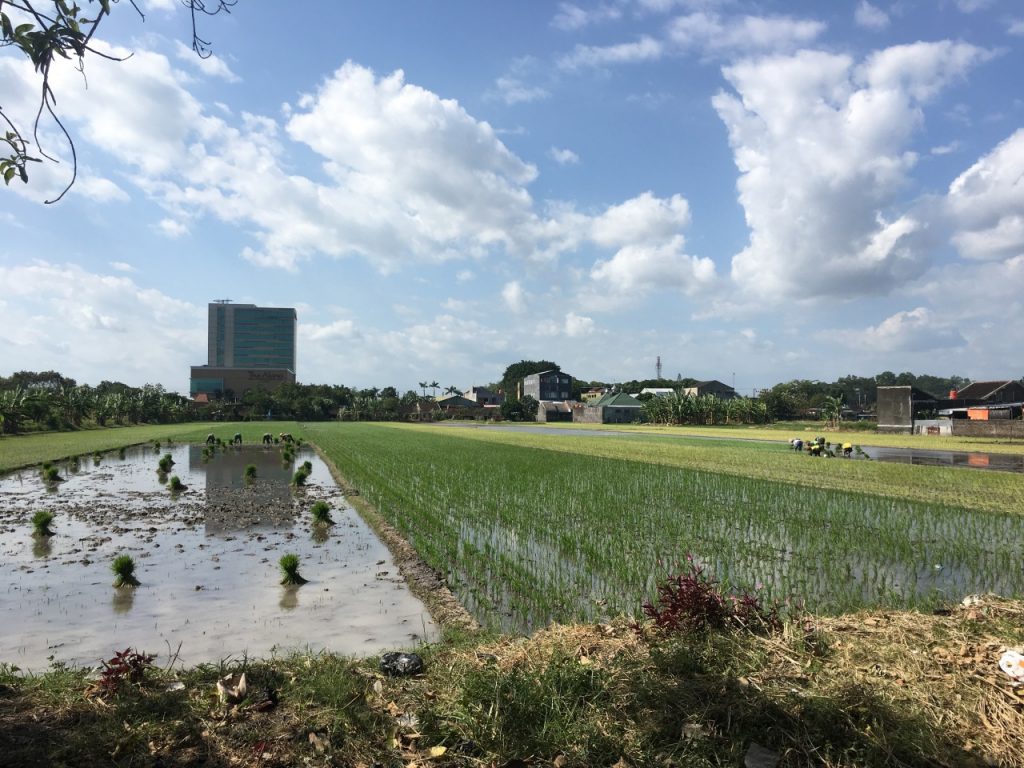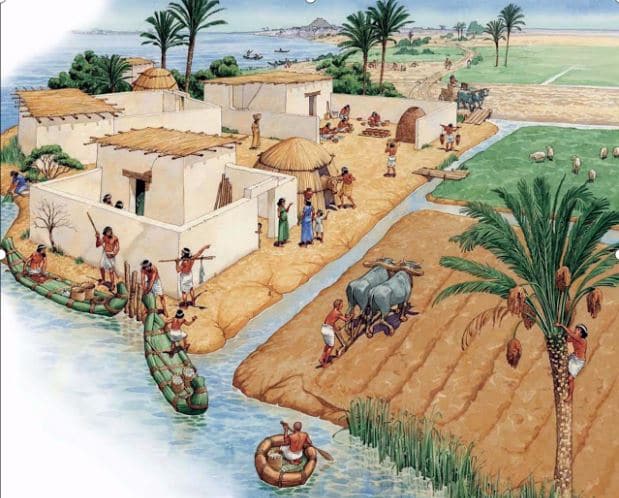The interface between town (urban) and country (peri-urban) has experiencing major change from natural/semi-natural and agriculture landscape to built-up area to accommodate housing, industry, and service. More people move to the edge of cities with urban characters but closer proximity to nature. Some countries have applied measures to withstand the land demand for built-up areas such as utilizing green belts, edgelands, conservation easement, and densification. In the UK, the green belts distinguish the rural and urban area and are previously restricted to urban development. Yet, the increasing demands for lands made the councils to eventually remove the protection status for 4,900 hectares green belts during 2011-2017. Edgelands can be better utilized using an approach similar to the Desakota Landscape where urban settlements and agriculture lands coexist. Conservation easements can be used not only for protecting the natural resources, wildlife, and scenic values, but also to ensure sustainable practice of agriculture. Lastly, densification is expected to provide more affordable housing, reduce energy cost, promote walking-biking-transit, and improve public health in cities.
The reconnection between the towns and the countries can be fostered through greening initiative that involves local community. The greening for one can involve the transition from mass food production to small-scale, local one. In the West, it is often characterized by schemes such as farm-gate sales and slow food. In China, there is Farmhouse Joy restaurants with similar eat local principles that are integrated to rural tourism experience.

It is also vital to conserve high-quality agriculture land whilst accommodate the growing housing demand and to strengthen the towns-countries connectivity in the peri-urban fringe area. In 1994, the state council of China enacted Basic Farmland Protection Regulations to guarantee total quantity dynamic equilibrium of basic farmland. There, new arable land are sometimes acquired from ecologically fragile areas (e.g. wetlands and uplands). However, the central government then started to provide subsidy to convert farmland to pasture, grassland, and forest to protect the environment. This conversion was responsible for half of farmland loss in 1993-2003, compared to 20% loss due to urban development.
Another case in Beijing also highlights the critical state of the conflicting interest between built-up area, arable land, and conservation land. Beijing’s Urban Masterplan (2004-2020) designed a discontinuous circle of green areas but the pressure of urban growth made the local administrators auction the land to attract investment and create employment opportunities, as opposed to the national interest to protect the green spaces. In reality, the revenue from land sales for urban development often largely outweigh the need to preserve the green space. Hence, stronger controls for land transactions and planning might need careful consideration. Principally, these conflicts and contradictions can be addressed by strengthening the coordination between different departments and levels of government and simplify overarching planning legislation.





